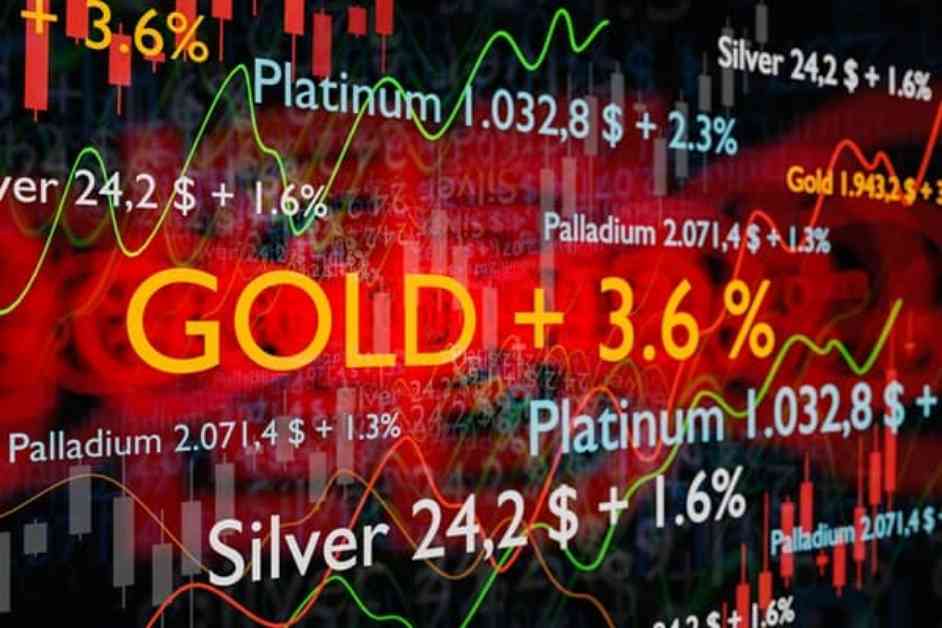The price of gold continues to face challenges between $2750 and $2720. It is struggling to gain momentum and remains below the supply zone of $2748 to $2750. Safe-haven demand fueled by tensions in the Middle East and concerns over the upcoming U.S. elections could potentially increase the price. The U.S. dollar has slightly declined from its highest levels since July, providing some support to gold. However, expectations for interest rate cuts by the Federal Reserve and worries about deficit spending after the U.S. elections are still concerns in the market. Traders are cautious ahead of key U.S. economic data this week, including the third-quarter GDP reading, the Personal Consumption Expenditures (PCE) index, and the Non-Farm Payrolls (NFP) report, which adds uncertainty. The lack of convincing bullish momentum in gold is evident, as the U.S. dollar maintains its strong gains and expectations for a 25 basis point interest rate cut at the upcoming policy meeting in November.
Political factors are crucial in guiding gold price movements, with a tight race between Vice President Kamala Harris and Republican candidate Donald Trump raising concerns about deficit spending after the presidential election on November 5. Recent economic data from the U.S. supports the dollar’s strength, with durable goods orders falling by 0.8% in September and the University of Michigan’s Consumer Sentiment Index reaching its highest level in six months. Geopolitical developments in the Middle East also impact gold prices, with reports suggesting that conflicting parties may not retaliate against recent strikes if a ceasefire agreement is reached. However, there has been a decline in gold demand from China, the world’s largest consumer, with total consumption falling by 11.18%. Gold jewellery consumption dropped by 27.53%, while demand for gold bars and coins rose by 27.14%. The increase in demand for gold bars and coins could indicate that some investors still find the precious metal appealing despite challenges in the market.
Trading volumes on the Shanghai Gold Exchange have increased by 47.49%, showing rising interest from traders. However, it remains uncertain whether this will be enough to support prices in the near future. With geopolitical instability and political tensions rising, the future of gold prices is uncertain. Gold prices are under mixed pressure, influenced by geopolitical concerns, global economic conditions, the U.S. dollar, and market fluctuations. The uncertainty in the market may continue, leading gold prices to move within a narrow range before the release of key economic data. Investors need to closely monitor political and economic developments as they can significantly impact gold prices, requiring readiness to adapt to rapid changes.












